To put it simply, James Mangold is the kind of director that doesn’t really exist anymore.
Mangold emerged at an exciting time for filmmaking. During the 1990s, the American independent cinema scene was booming. Directors like Steven Soderbergh, Richard Linklater, Kevin Smith, Quentin Tarantino, Wes Anderson, and Christopher Nolan all emerged during the late 1980s and 1990s, producing low-budget calling card films that could be released by smaller distributors like Miramax and reach larger audiences than ever before.
This was a generation of filmmakers raised on home media, much like the “Movie Brats” of the 1970s had been the first generation to go to film school and to be raised by talkies. As a result, there was a fresh and exciting quality to these filmmakers and their work. Mangold’s first film, Heavy, feels like it belongs to this movement. It is a low-budget character drama set in upstate New York, focusing on an overweight diner cook (Pruitt Taylor Vince) who develops a crush on a waitress (Liv Tyler).
Heavy won the Special Jury Prize at the Sundance Film Festival in January 1995, where it screened alongside movies like David Lynch’s Wild at Heart and Richard Linklater’s Before Sunrise. There was also a host of hugely influential early films from an emerging generation of directors, like James Gray’s Little Odessa, Lee Tamahori’s Once Were Warriors, P.J. Hogan’s Muriel’s Wedding, Todd Haynes’ Safe, Stephen Williams’ Soul Survivor, and Bryan Singer’s The Usual Suspects.
However, Mangold didn’t continue down the path of many of those young indie filmmakers. Directors like Soderbergh, Linklater, Smith, Tarantino, Anderson, and Nolan would all become “brand name” directors. Each would become a class unto themselves, to the point that every film they would make would be approached through the lens of their own filmmaking. To pick one example, Django Unchained might be a western, but it is also a Quentin Tarantino movie.
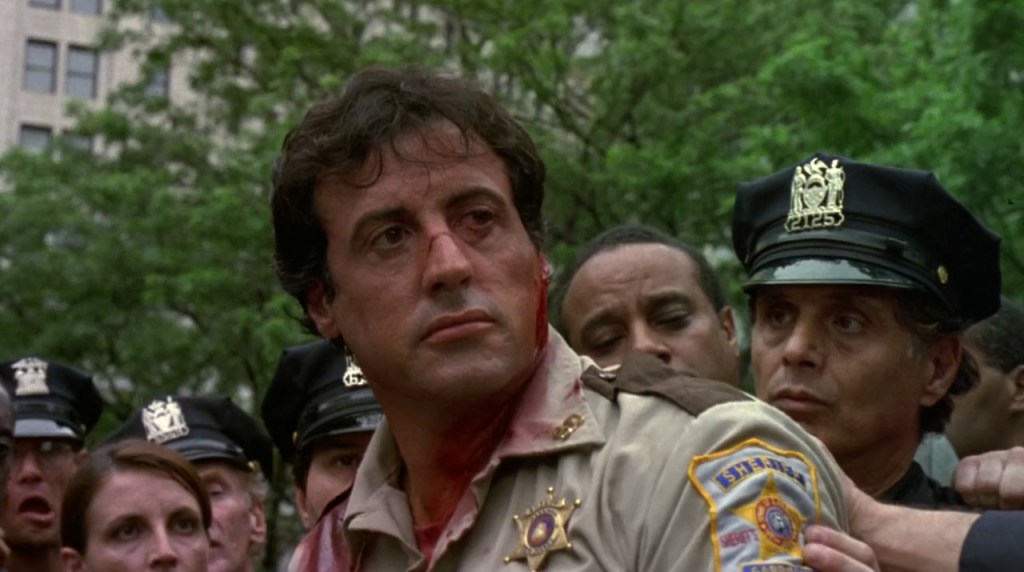
Instead, James Mangold became a reliable studio filmmaker. He proved adept at making genre movies within the studio system. Each entry in Mangold’s filmography is easier to understand in the wider context of what was happening in Hollywood at that exact moment than it is to parse in terms of Mangold as a singular filmmaker with a clear or distinct vision. Mangold has his fixations and his recurring motifs, but they never drown out the work itself.
Cop Land was one of a wave of movies riffing on the work of director Martin Scorsese in the wake of Goodfellas and Casino, films like Things to Do in Denver When You’re Dead or Suicide Kings. Indeed, these movies are arguably more responsible for the commonly held belief that Scorsese “only” makes crime movies than Scorsese’s actual filmography. Nobody was imitating The Age of Innocence or Kundun, two of Scorsese’s other 1990s films.
Mangold followed Cop Land with Girl, Interrupted, a prestige awards movie that had clearly been intended as a vehicle for Winona Ryder, but which ended up winning an Oscar for Angelina Jolie. He then jumped from Girl, Interrupted to the time travel romantic comedy Kate & Leopold, which was intended to launch Hugh Jackman as a movie star after X-Men and was frantically re-edited after early reviews noted that it contained an accidental time-travel incest plot point.
After Kate & Leopold, Mangold directed Identity, a high-concept serial killer movie arguably most notable for being a direct adaptation of “The Three,” the gonzo movie pitched by Donald Kaufman (Nicolas Cage) in Spike Jonze’s Adaptation. Mangold then helmed Walk the Line, part of the wave of music biopics that followed in the wake of Taylor Hackford’s Ray. Once again, Mangold’s film netted a performance Oscar, with Reese Witherspoon taking home the Best Actress Award.
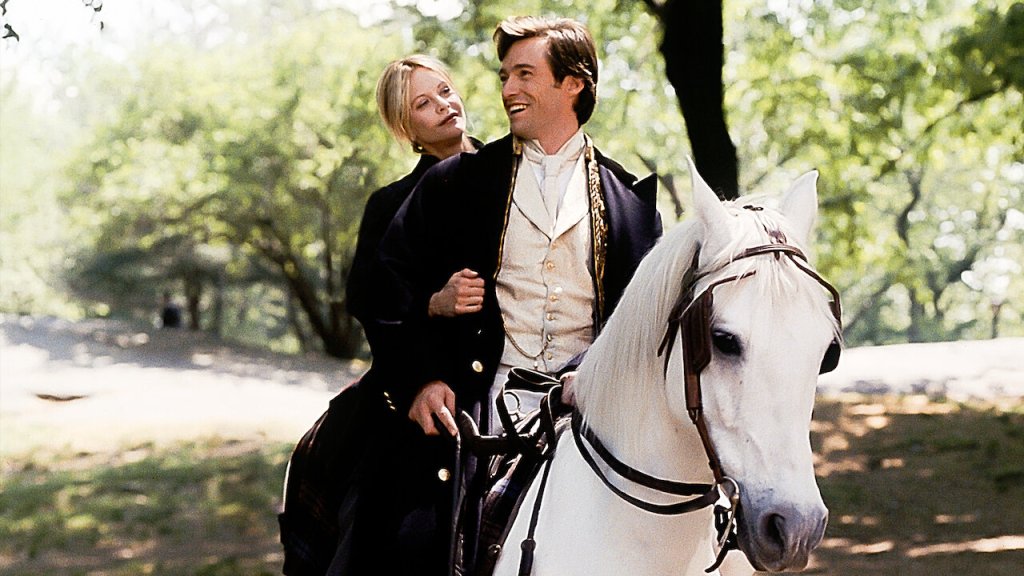
Mangold’s next project was 3:10 to Yuma, an adaptation of the classic western. Again, the movie was part of a larger trend. Lionsgate even rushed the film to cinemas to get it out ahead of the Coen Brothers’ No Country for Old Men and Andrew Dominik’s The Assassination of Jesse James by the Coward Robert Ford. Mangold’s western is decidedly straightforward compared to those more revisionist and auteurist efforts, but it’s solidly made.
By the time Knight and Day arrived in 2010, Hollywood was shifting. Knight and Day was one of the last gasps of an old-fashioned kind of moviemaking, a high-concept romantic comedy built around the star personas of Tom Cruise and Cameron Diaz. Cruise was playing off the media perception that he had “gone nuts” after a number of high-profile scandals involving Oprah Winfrey’s couch, private ultrasound machines, and wife Katie Holmes’ placenta.
There is a lot of versatility on display here. In his first 15 years directing features, James Mangold made a low-budget indie, a Scorsese knockoff, a prestige performance piece, a time-travel romantic comedy, a high-concept ensemble thriller, an award-winning musical biopic, a throwback western, and a star-driven action romantic comedy not based on any preexisting intellectual property. It’s a wonderful, meandering tour through how Hollywood used to work.
While Mangold wasn’t a headline draw like Smith or Tarantino, his movies weren’t phoned in. Sure, Kate & Leopold and Knight and Day were hardly classics in their respective genres, but Mangold never gets in his own way. His films are better than they need to be. Cop Land is the best of those Scorsese imitations, while Identity gets past the core criticism of “The Three” in Adaptation. Mangold makes a movie with a fundamentally unfilmable premise.
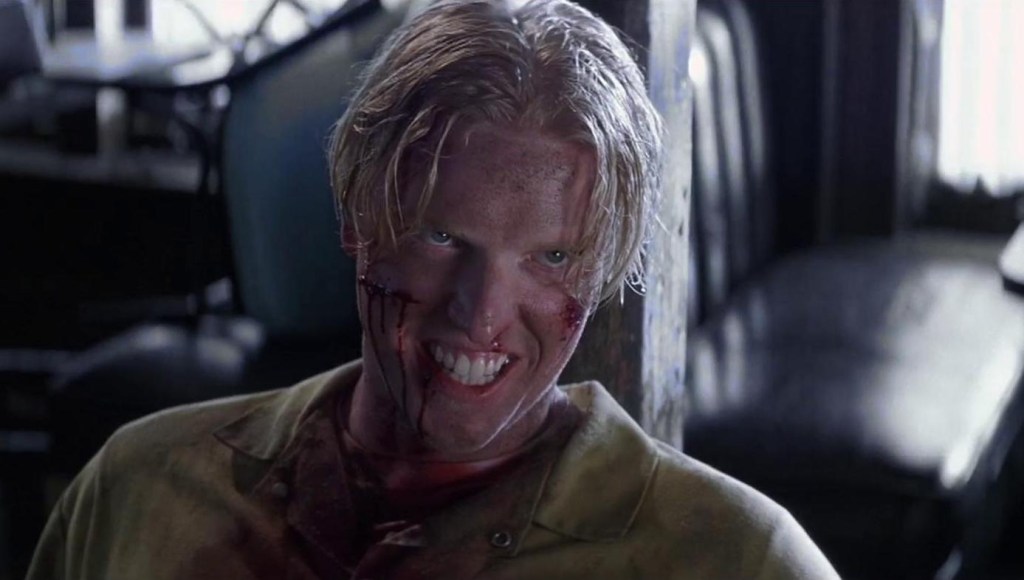
More than that, Mangold is a credited screenwriter on five of his first six films, and he did revisions on the sixth, Identity. He has talked about how growing up in Washingtonville was a huge influence on his screenplays for both Heavy and Cop Land. Mangold is the kind of filmmaker who could be entrusted with a decent budget and a couple of movie stars, consistently delivers above expectations, and always finds a personal angle on the work. He’s a good old-fashioned studio filmmaker, the backbone of the industry since the 1930s.
Mangold certainly has his signatures. His default mode of storytelling is the western, even if 3:10 to Yuma is the only literal example in his filmography; Cop Land, Walk the Line, Logan, and even Identity are best understood within that framework. Tied to that, he’s fascinated by masculinity and a sense of characters existing out of time. Apropos of nothing, he also has a recurring fondness for scuzzy and largely ineffective blonde secondary antagonists, like Jake Busey in Identity, Ben Foster in 3:10 to Yuma, and Boyd Holbrook in both Logan and Indiana Jones and the Dial of Destiny. Still, Mangold rarely draws attention to himself through his directing.
After Knight and Day, the Hollywood landscape began to shift. During the 2010s, mid-budget adult-skewing movies and the movie stars who could anchor them began to disappear. Intellectual property became king. Any director wanting to work within the studio system would need to be comfortable making big-budget features based around established brands and franchises. Movies like Cop Land, Identity, and Knight and Day became a lot rarer.
James Mangold survived this transition. His four most recent films include superhero sequels The Wolverine and Logan, along with legacyquel Indiana Jones and the Dial of Destiny. His future projects include a Swamp Thing feature at Warner Bros. and a Star Wars movie at Lucasfilm. Mangold is just as reliable with those projects as he was with his early studio films. Logan is one of the best superhero movies ever made, and Indiana Jones and the Dial of Destiny is better than it probably should be.
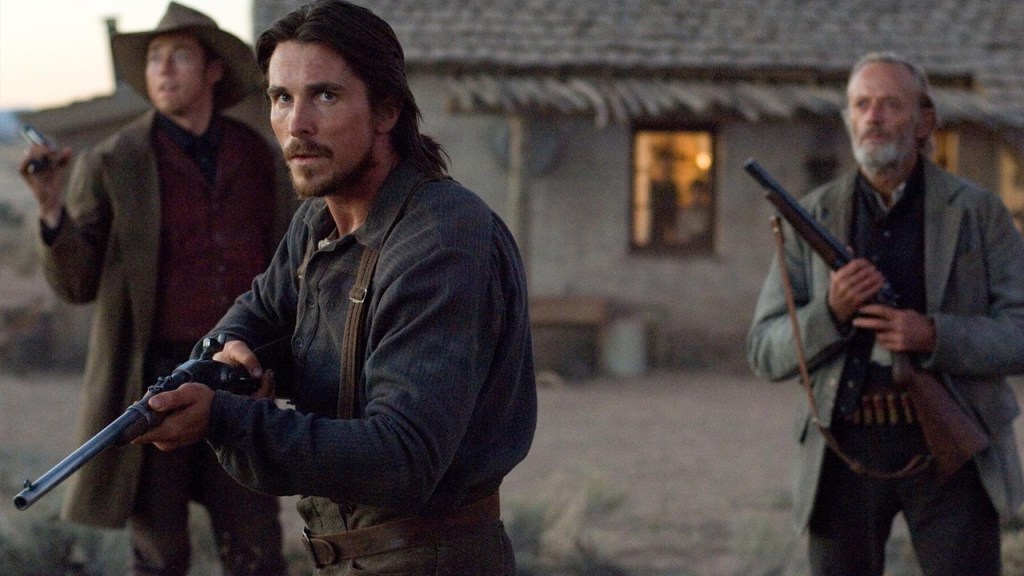
At the same time, there is a sense that Mangold is aware of these shifting realities. His last film before Indiana Jones and the Dial of Destiny, Ford v Ferrari, is essentially one gigantic metaphor for the importance of being able to make something worthwhile within a broken capitalist system. Carroll Shelby (Matt Damon) is a pragmatist who is willing to make deals and compromises to get the best possible result within the hostile structure of corporate America, who understands the art of negotiation within that framework.
Ford v Ferrari is a movie about movie-making, about how Mangold’s particular style of movie-making is under threat. It’s not about auteurism in the same way that something like The Fabelmans is. Indeed, the movie seems to treat Ferrari as a stand-in for auteurs like Martin Scorsese getting frankly absurd budgets from services like Netflix to produce artisanal works like The Irishman, while directors like Mangold must work within a studio system more openly hostile to artistry.
There’s even some of that to be found in Logan, a movie that was intended to serve as Hugh Jackman’s farewell to the role of Wolverine. In a sequence that has aged remarkably well in the era of computer-generated cameos of long-dead actors, Logan finds himself confronted with a younger version of himself, developed in a lab to be more compliant to his corporate overlords. In Logan, characters struggle to find value in pulp art like the western Shane or their X-Men comics. Mangold seems to be arguing that these movies can be artful.
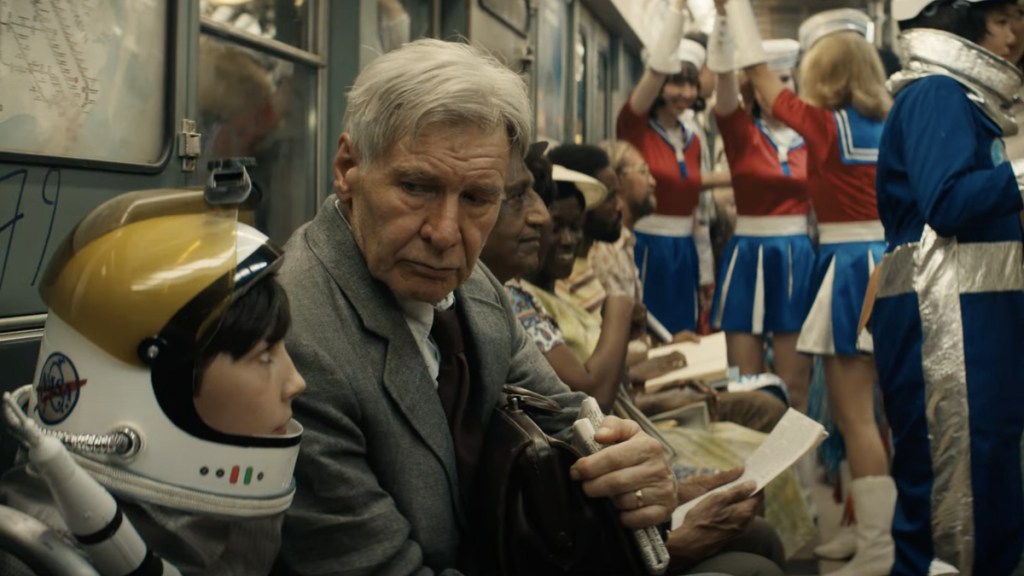
Directors like Mangold don’t really exist anymore, because many of the films that Mangold made earlier in his career don’t get made. Directors like Josh Trank or Jon Watts now jump directly from low-budget indies to mega-budget intellectual property films. As a result, many are ill-equipped to handle it. Trank famously imploded making Fantastic Four (2015). Most of these directors lack experience working with VFX, which contributes to the inevitable “pixel-fucking” of visual effects artists.
There’s a reason Mangold is a steady and trusted set of hands, even making movies like Logan and Indiana Jones and the Dial of Destiny. He has experience working with studios and movie stars on a diverse array of projects. He has learned and developed. Christopher Nolan has talked about how directing the mid-budget Insomnia was “a very valuable experience” when it came time to direct Batman Begins. That path isn’t available to most modern blockbuster directors, and the resulting films are often the poorer for it.
From Heavy to Indiana Jones and the Dial of Destiny, the James Mangold filmography charts a fascinating history of an industry that has shifted dramatically. While directors like Anderson and Tarantino might have the cachet to operate largely outside that tumult, Mangold hasn’t enjoyed that luxury. As a filmmaker, he has had to ride the waves and go with the flow. It’s a very interesting journey, and Mangold is one hell of a tour guide.

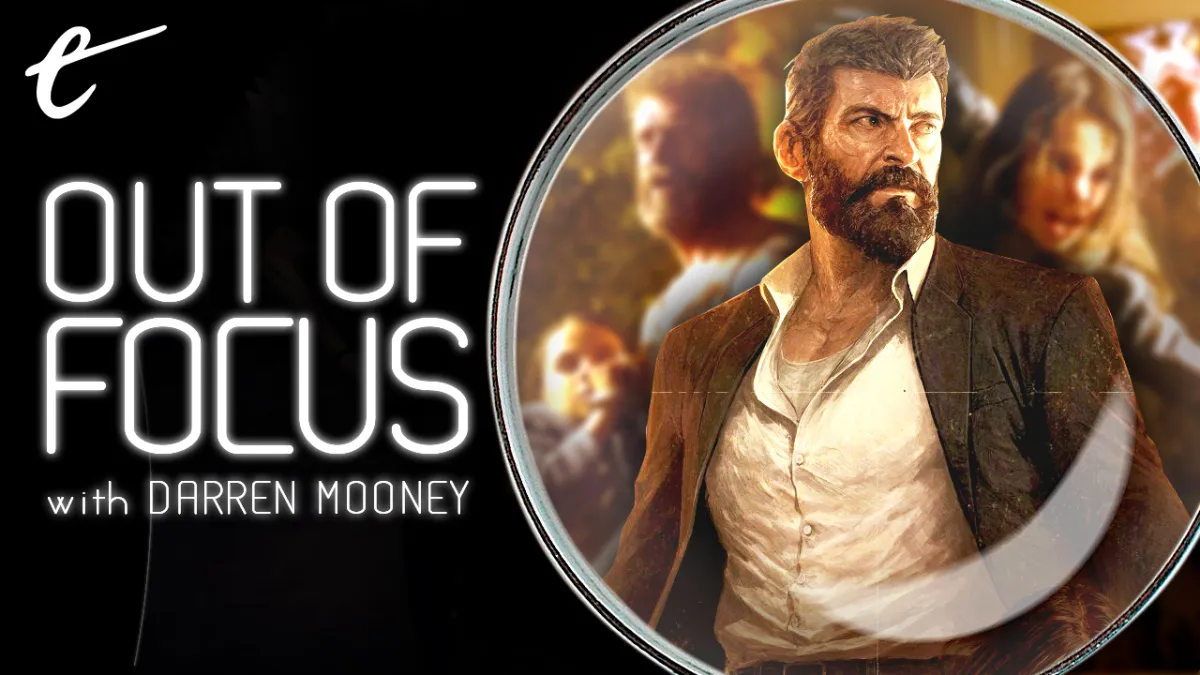




Published: Jul 5, 2023 11:00 am